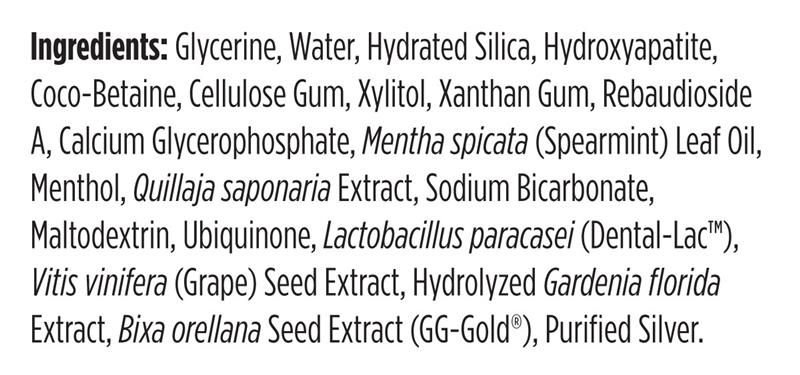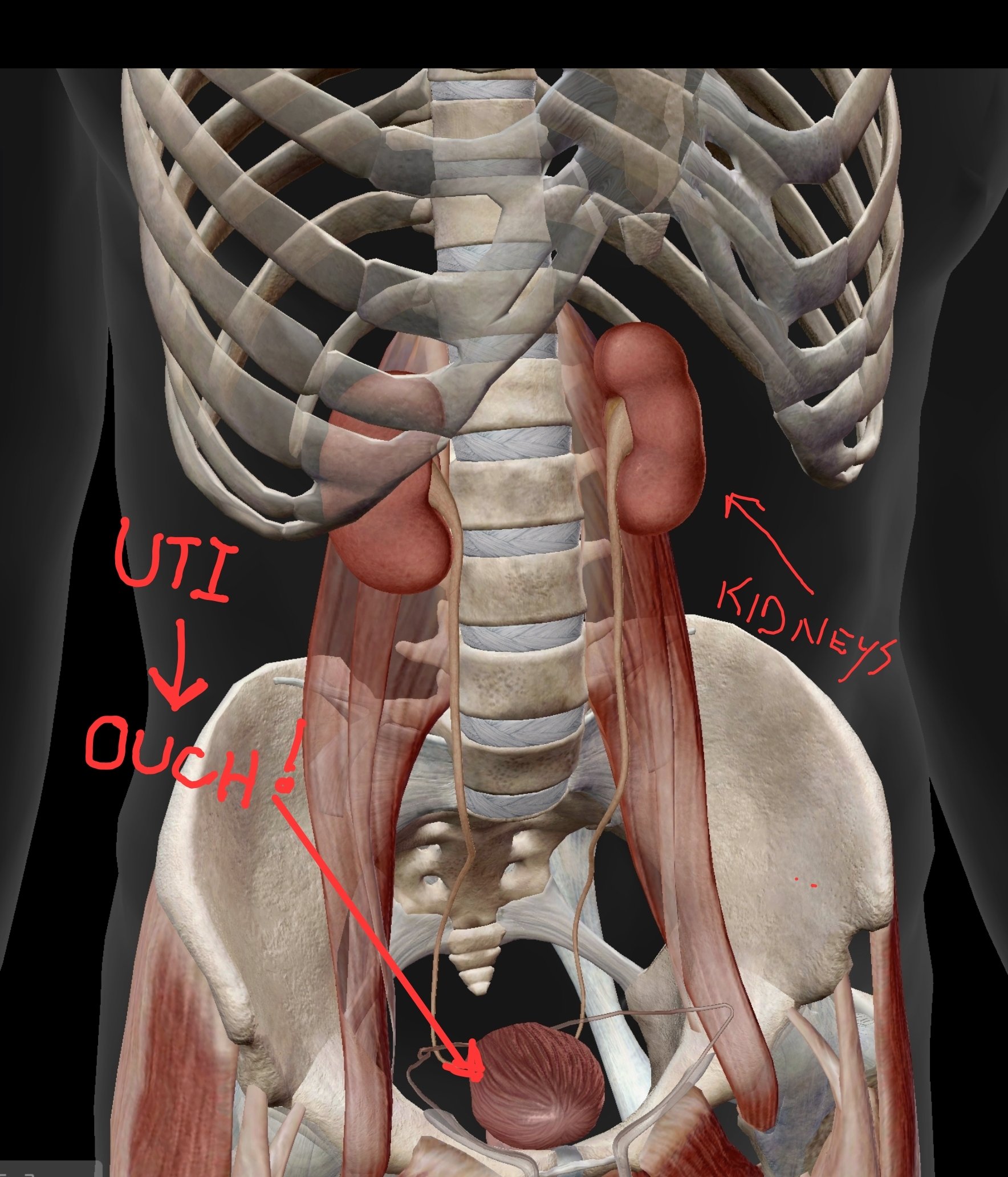Kwik Way to Stay Fit
/Dr. Kwik’s Approach to Maintaining His Muscle Mass at 62 years old
“Kwik exercises for a strong body, even in your 60s.”
By Dr. Paul Kwik
IMPORTANT UPDATE ON 11/13/25
I love this routine below to unblock electric pathways on your major meridians and get a gentle workout!
I’m updating with newest 10 min routine on top to give you Variety!
As a 62-year-old doctor and father of four, I’m passionate about staying strong, mobile, and healthy—without spending hours in the gym. I want to share with you how I maintain muscle mass, support bone health, and how to support bone and muscle health as well by detoxing of heavy metals with quick, practical steps that fit into any busy lifestyle.
Muscle and Bone Health: Why It Matters Now More Than Ever
At this stage in life, muscle mass naturally declines—and that can put your bones at risk too. Bones are like the metal frame of a building: they need support, or they weaken, and fractures become a real concern.
Heavy Metal Detoxification: The Silent Saboteurs
Muscle and bone loss aren’t just about aging—they’re about chemistry too. Heavy metals like mercury, lead, and cadmium can displace calcium from your bones and damage tissue over time.
Where do they come from?
Mercury in old dental fillings
Contaminants in water supplies
Environmental pollutants
Etc, Etc, Etc
That’s why I regularly follow a detoxification protocol to reduce my toxic load. It’s not just about what you eat—it's what your body absorbs and can’t eliminate.
Confession: I Don’t Love Exercising… But I Found a Way
I’ll be honest—I don’t love exercise. I enjoy racquetball and pickleball, but with four kids and a packed schedule, those games don’t happen as often as I’d like.
But I found something that works fast, is effective, and doesn’t require a gym:
Kwik, Coordination balance Isometric Training.
What Is Isometric Training?
It’s a type of exercise where you hold a position—often while balancing—which strengthens muscles and improves coordination at the same time. As you age, coordination is key to preventing falls and fractures.
My Kwik Muscle Routine (Takes Under 5 Minutes)
1. Stretch + Strengthen Hamstrings
Hold one leg out as high as you can.
Keep your knee straight.
Hold for 10 seconds (or until fatigued).
Switch sides.
Tip: Hold a wall if needed to avoid falling.
2. Cross-Crawl Balance Drill
Raise opposite arm and leg, just like walking.
Remove your shoes to engage your feet and improve proprioception.
Hold for 10 seconds, breathe, and switch sides.
Focus your eyes on a still object to help maintain balance.
3. Glut Medius Burner
Martial arts-style leg hold: extend your leg sideways.
Hold the position to stretch your Adductors and fire up the glutes.
Feel that burn in your gluteus medius—that’s where the magic happens.
4. Toilet Squat (Yes, Really!)
Hover over your toilet or you can do this over a chair. If you are drinking up to 96 oz of water per day, you can do this several times a day
Lower down into a squat and hold at the lowest point for 10–20 seconds. If you are New to this just go as low as you can without hurting your knees or other joints.
Put your hands to the side and Bring head back, chest out
Isometric vs. Traditional Training
Traditional training involves repetitive motion (concentric/eccentric). Isometric training, on the other hand, means holding a muscle contraction without movement—and it’s powerful. You’ll breathe harder and feel the intensity fast.
Final Tips for Muscle Preservation
Eat enough protein—especially as you age.
Creatine supplementation can help preserve lean muscle.
Consistency over intensity: a few focused minutes a day adds up.
Closing Words
These exercises may seem simple, but they’re effective—and Kwik. I do them throughout my day and feel the results without needing to “go work out.”
Take care of your muscles. Protect your bones. Detox your body.
Stay strong and balanced, no matter your age.
God bless you,
Dr. Paul Kwik
Bonus Video: Take care of your body but how about your Spirit? God has Appointed Guardian Angels for You! Start at 35:02




















































